Iimoriyama Castle: Osaka’s Mountain Fortress
Mt. Iimori is a popular destination for hikers and outdoor enthusiasts, yet there is more to this mountain than just its natural wonders. In fact, the top of this mountain was once home to Iimoriyama Castle [飯盛山城], where the young daimyo Miyoshi Nagayoshi resided after his conquest of the Kansai region. Though today only ruins remain of this stronghold, Mt. Iimori is in history, with many secrets yet discovered.
The History of Iimoriyama Castle
The history of Iimoriyama Castle is very complicated as it was built in the early Sengoku Period– a time of bloodshed and betrayal.
During the 16th century, Kizawa Nagamasa built Iimoriyama Castle at the order of the Hatakeyama Yoshitaka. However, Kizawa secretly plotted to usurp Hatakeyama and when this plan was leaked, he allied with Hosokawa Harumoto. Despite a counterattack from Hatakeyama and Miyoshi Motonaga, Kizawa Nagamasa was able to successfully protected this castle because Hosokawa sent the fearsome Hongan-ji monks to be his calvary.
Even though Miyoshi Motonaga was killed by the Hongan-ji monks, his son, Miyoshi Nagayoshi defeated Kizawa Nagamasa in the Battle of Taiheiji, and around 1560 when Nagayoshi took over the Kansai region, he moved to Iimoriyama Castle and expanded it. However, in a few years, he lost not only his brothers but also his only son. All this even though he was still in his only in his late 20s. Utterly depressed, Miyoshi Nagayoshi passed away in this castle in 1564, at just 42 years old.
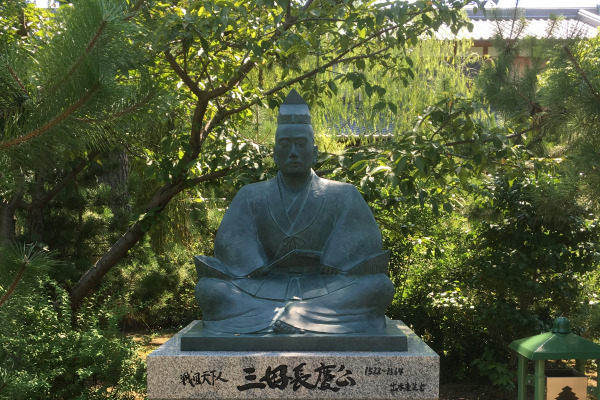
Shortly after Nagoyoshi died, Oda Nobunaga attacked the castle and it was destroyed. Today, neither turret nor keep remain of Iimoriyama Castle. Only a few traces of the castle walls are all that remains of the castle so many once desired.
Getting to Iimoriyama Castle
Shijonawate Shrine
Iimoriyama Castle is located on the top of Mt. Iimori (341m). The trail starts at either Nozaki Kannon Temple or Shijonawate Shrine. Either way, it takes an hour to hike up the mountain and another hour to go down. If you really take your time to explore castle ruins on the mountain, it will take even longer. Just make sure to bring the map of the castle, since there are few informative boards to indicate the old castle ruins. Shijonawate Shrine is only a ten-minute walk from the JR Shijonate Station (on the Gakken Toshi Line) and only 20 minutes from the center of Osaka City.
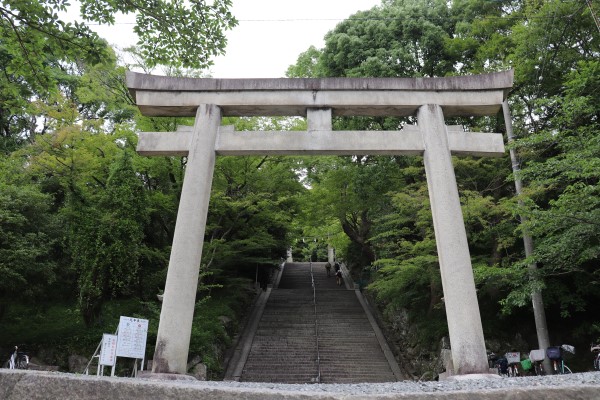
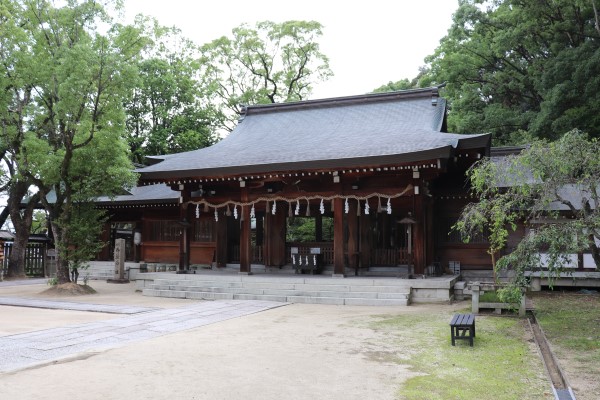
We started our hike from Shijonawate Shrine, which was built to commemorate the death of Kusunoki Masatsura, the son of the famous samurai, Kusunoki Masashige. After Masahige died in the battle in Minatogawa, Masatsura bravely fought against government troops to revive Emperor Go-daigo‘s reign. Despite his best efforts he was defeated and died on the grounds of Shijonawate.
Hiking up Mt. Iimori
The trail starts right next to Shijonawate Shrine. While the trail up the mountain is only 4-5km long, it is not as strenuous a hike as some of the other mountain castles we’ve visited such as Kannon-ji Castle, or Odani Castle. Mountain castles typically have an Otemichi, or the main path, that warriors would usually take to reach the castle. But in the case of Iimoriyama Castle, no one has discovered it’s Otemichi. Research about this castle is still ongoing, so there are many things about how this mountain was fortified that we still don’t know.
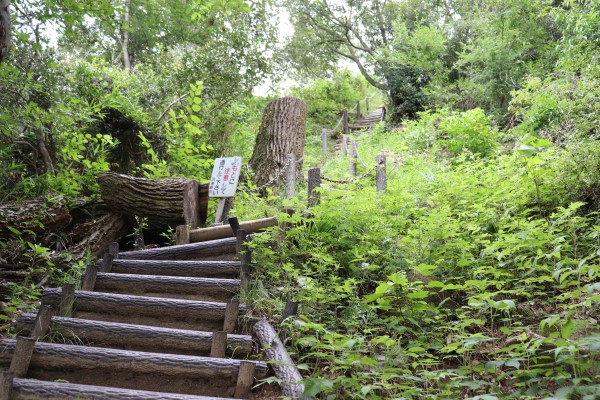
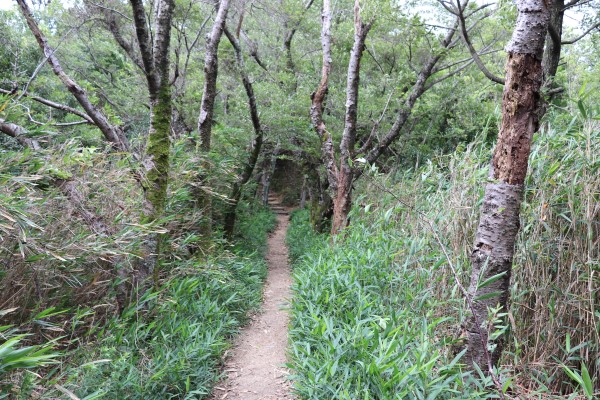
There are plenty of great observation spots as you get closer to the top of the mountain. I guess this is why Miyoshi Nagayoshi picked Iimoriyama Castle as his base of operations. It is amazing to think that everything you can see from this castle was once Miyoshi Nagyoshi’s territory.

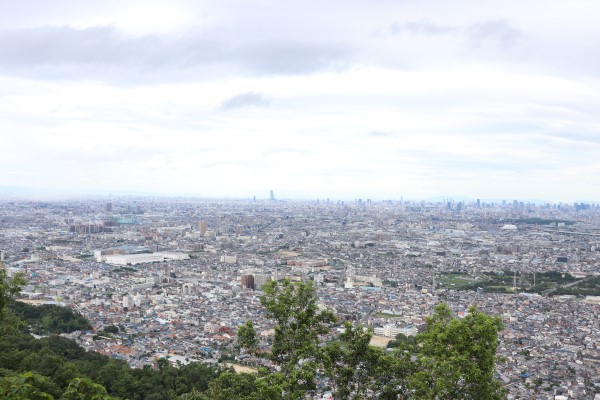
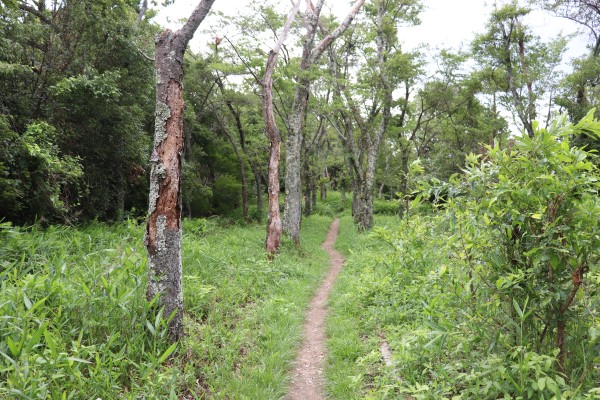
Iimomoriyama Castle
Though the castle itself is only in ruins now, what is left of Iimoriyama Castle is really fascinating. Take the castle’s stone walls for example. It was widely believed that the first castle in Japan with stone walls was Nobunaga’s, Azuchi Castle. However, recent research revealed that the walls of Iimoriyama Castle predate those at Azuchi Castle, making them the oldest stone castle walls in Japan.
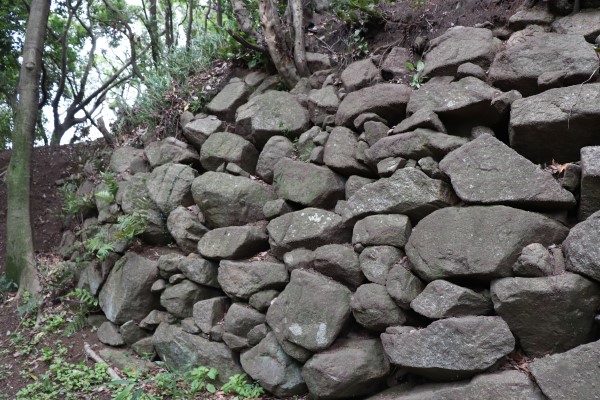

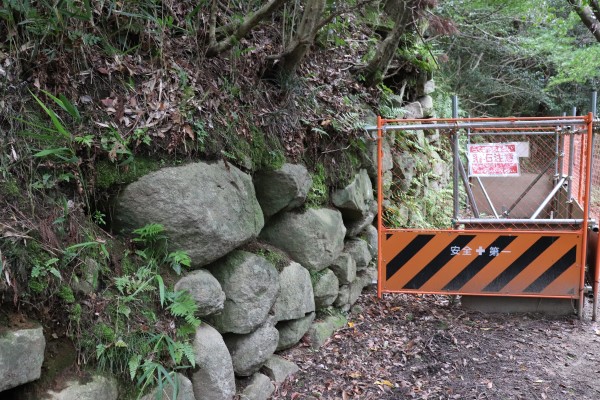
Around the top of Mt. Iimori are where the main buildings of Iimoriyama Castle once stood. Though it is not known what kind of buildings were here, we do know there were turrets specifically one called Takayugura.
There is also a statue of Kusunoki Masatsura here. It is both quite unfortunate and sad that there isn’t also a statue of Miyoshi Nagayoshi… it was his castle after all!
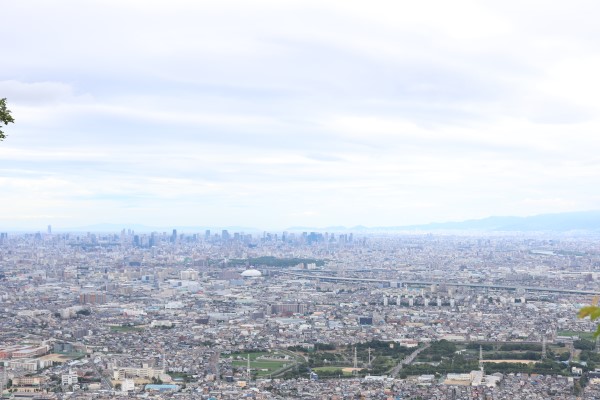
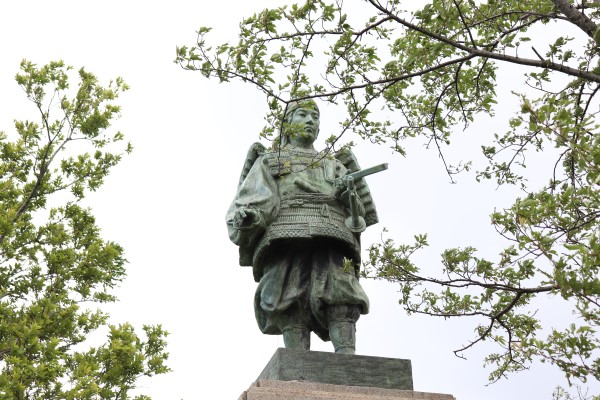
Nozaki Kannon Temple
From the top of the mountain is a trail leading down to Nozaki Kannon Temple. However, as you start your descent there are many things you should pay attention too including Koguchi, the main entrance of the castle.

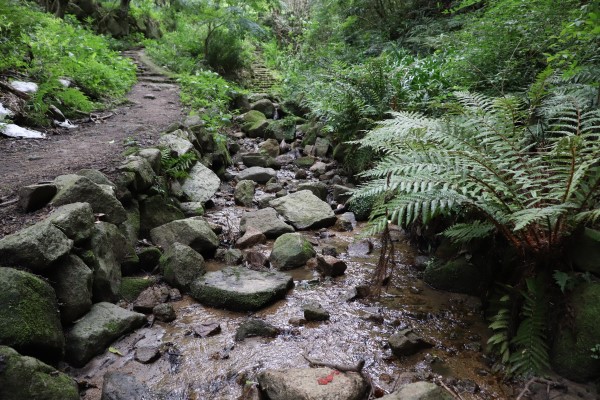
Typically, mountain castles have a house for generals near the bottom of the mountain, as it is too much for them to hike up the mountain every day. However, Iimoriyama Castle lacks such accommodations– meaning Miyoshi Nagayoshi lived on top of the mountain! His house was likely on Senjojiki, which is just north of the top of the mountain.
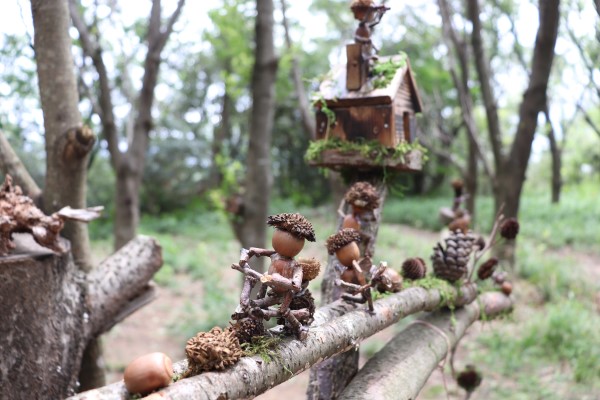
From the top of the mountain, it takes only an hour or to Nozaki Kannon Temple. Compared with the trail from Shijonawate Shrine, the one from Nozaki Kannon feels much more like a direct route to Iimoroyama Castle.
We finally arrived at Nozaki Kannon Temple! It took 2 hours to complete the trial, but I know if you take your time, it could easily take more than 3 hours to see everything. Mt. Iimori is a great place to learn about Japan’s mountain castles. Since it is not far away from Osaka City and the trail up the mountain isn’t that long, it’s a great light hike for a weekend afternoon! If you love Japanese castles, Iimoriyama Castle will not disappoint you!
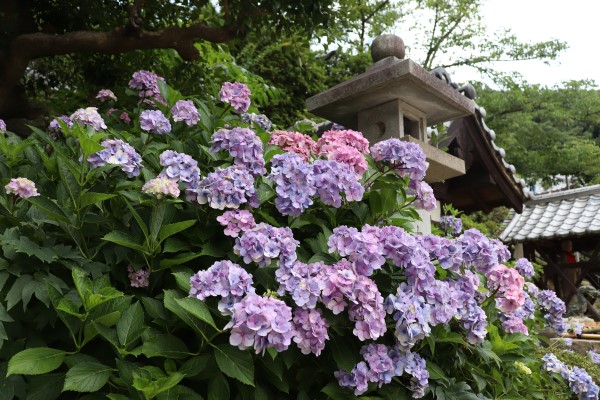

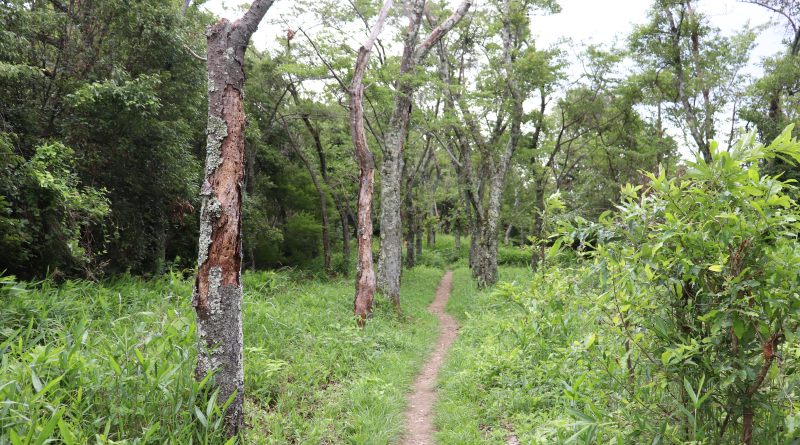
Leave a Reply